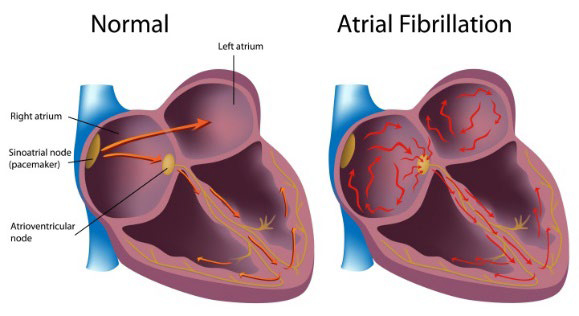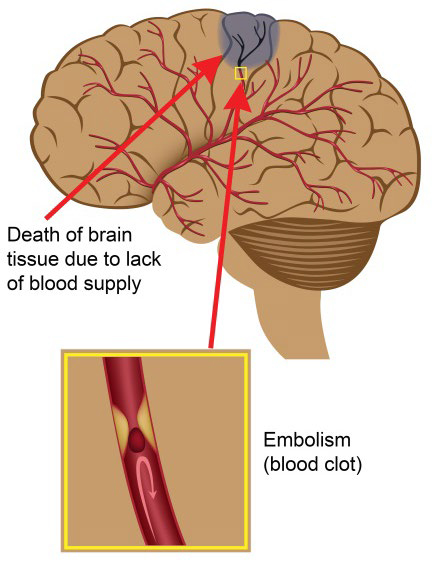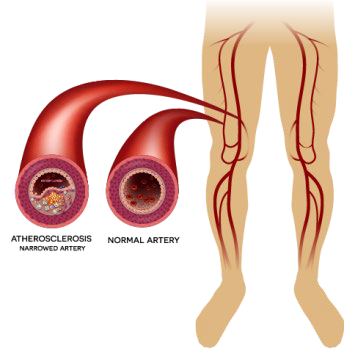Warfarin is used for many different medical reasons. Here are some reasons warfarin may be prescribed.
DVTs are blood clots that form in the deep veins of the legs or arms. Part of the clot may break off and go to the lung, causing a PE.
Artificial or mechanical heart valves are very useful in replacing heart valves that do not work well. These valves are not a natural part of your body, so clotting can happen on them. If a clot forms and breaks off, a stroke can happen.
The upper heart chambers (atria) beat in a disorganized way and cause irregular heartbeats. This causes blood to pool, so a clot may form. If these clots break loose, they may travel to the brain and cause a stroke.


A stroke can happen when a blood clot forms or moves into the brain. A transient ischemic attack (TIA) is a brief stroke that happens when blood flow to the brain briefly stops.
These conditions may raise the risk of blood clots forming in your blood:
You care team may start warfarin for other reasons.
Warfarin may be used to prevent clots for:
• A left ventricular assist device (LVAD)
• After a joint replacement, like a total knee replacement
• Atherosclerosis (the hardening of arteries from plaque building up inside them, limiting blood flow)

The contents of this website are for information purposes only and not intended to be a substitute for professional medical advice, diagnosis, or treatment. Users should not rely on the information provided for medical decision making and should direct all questions regarding medical matters to their physician or other health care provider. Use of this information does not create an express or implied physician-patient relationship.